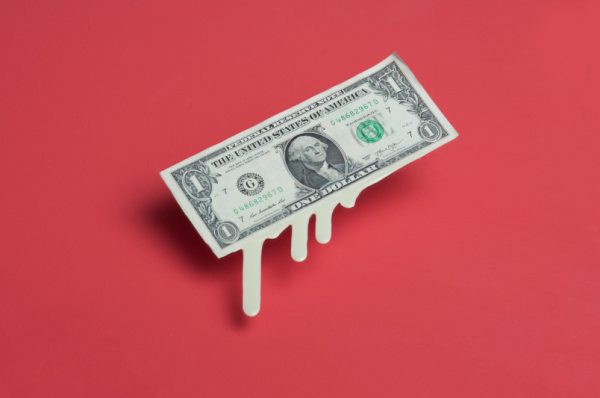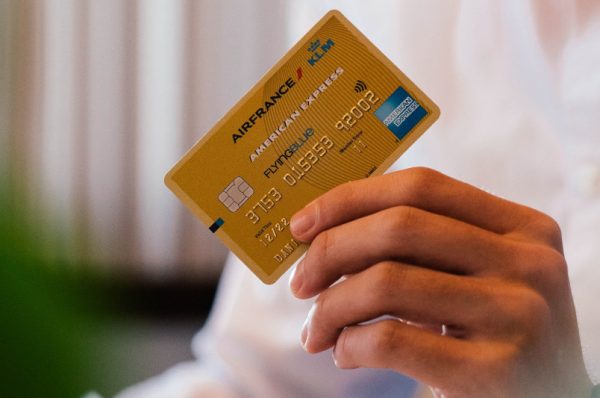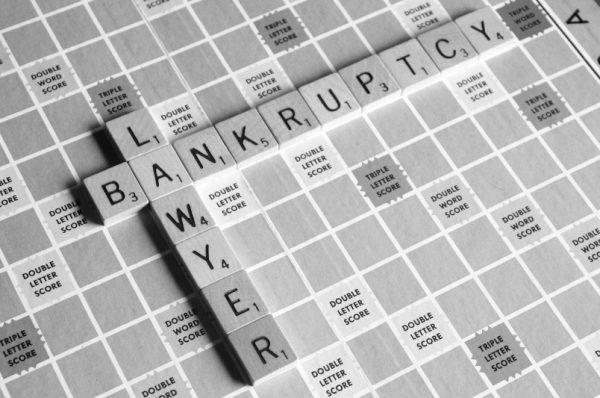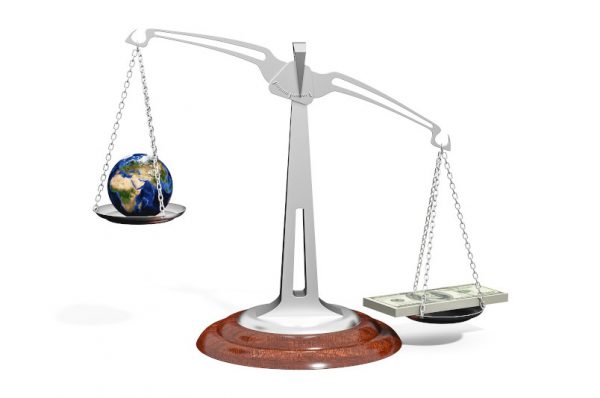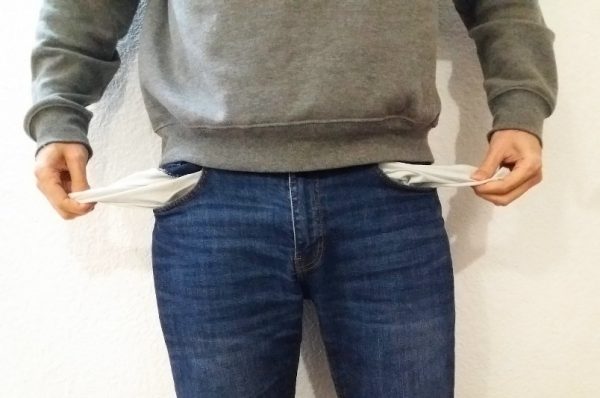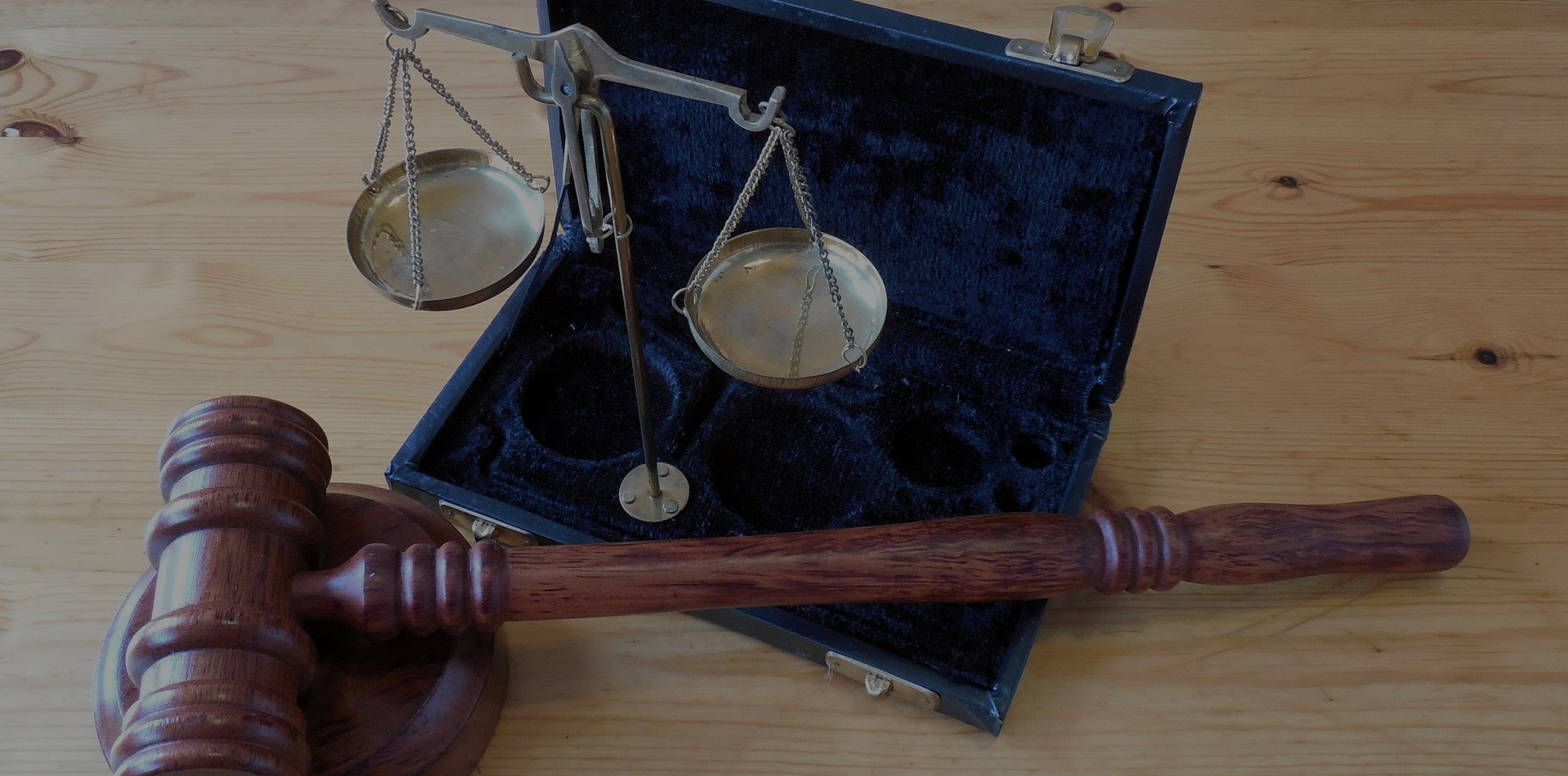
RELIEF AGENCY
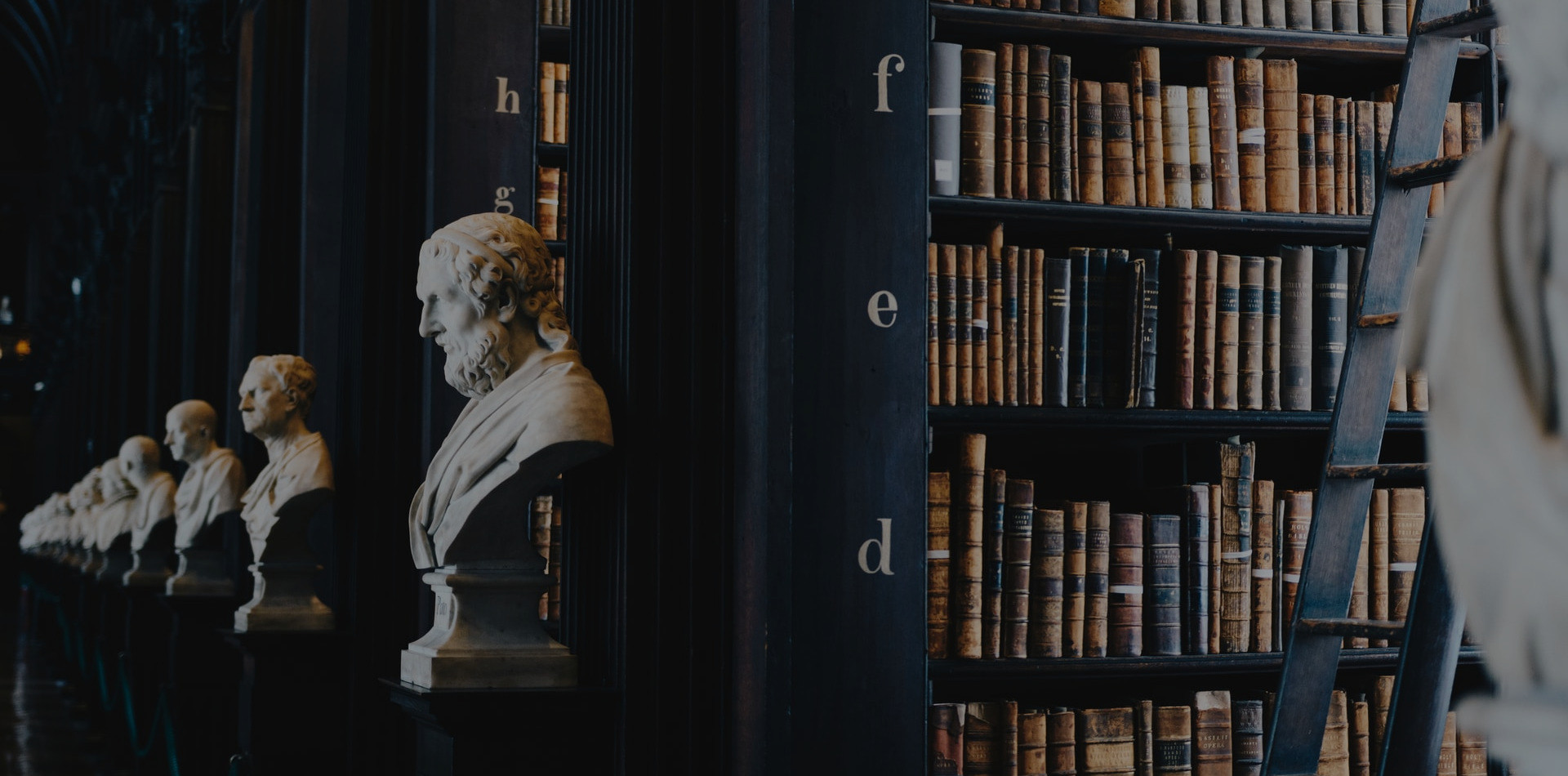
under the Bankruptcy Code

Particular needs
What We Do ?
We are a debt relief agency. We help people file for bankruptcy relief under the Bankruptcy Code.
In the Albert Coto Lawyer’s Legal Office we are dedicated to provide a custom service focusing on our client’s particular needs. Throught our free initial consult we are able to know the circumstances that have led our clients to seek legal advice. We study every case on detail in order to find the different alternatives and adequate legal solutions.
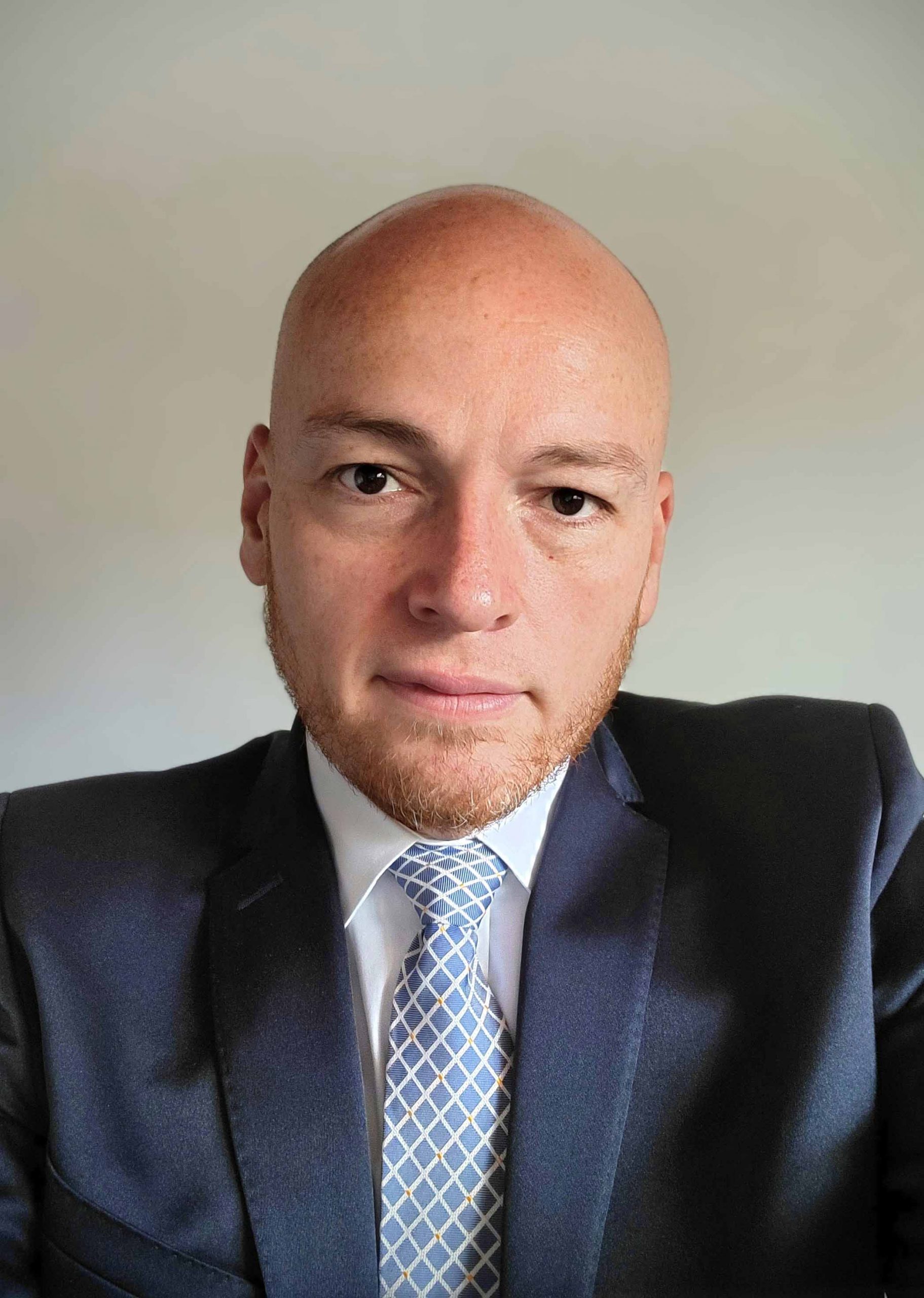
Admission to Practice to Help Our Clients
In addition, Albert Coto has experience in loan modification negotiations and payment agreements with creditors.
Albert Coto is admitted to practice law in the following jurisdictions:
The United States Court of the District of Maryland and District of Columbia
State of Maryland
State of New York
Costa Rica
Frequent Asked Questions
The idea behind bankruptcy laws is to provide a tool to those debtors who due to their economic situation do not have the money to pay their debts and give them a new opportunity (“fresh start”).
The objective of the debtor is to obtain a discharge or exoneration of all those debts that are exonerable. The discharge or exoneration, also known as rehabilitation, is an order of the court by means of which a federal bankruptcy judge declares that the debtor is not legally responsible for those debts that are dischargeable, thus eliminating the legal resources that may have their creditors for the collection of said debts.
There are generally two types of bankruptcy that help protect people who are experiencing financial situations that do not allow them to pay their creditors: Chapter 7 and Chapter 13 of the Bankruptcy Code, explained later.
Then there are the Chapter 11 processes that generally apply to people who have assets above the debt limits established for Chapter 13 and want to protect those assets against collections from their creditors.
Generally, filing a bankruptcy petition sets in motion a legal mechanism called an “automatic stay”. This mechanism stops all legal collection processes against the person and also forces creditors to stop all contact with the person who declares bankruptcy. Because of this, property eviction or eviction processes, property auctions, vehicle repossessions, wage garnishments, and bank accounts are stopped.
The goal of Chapter 7, also called direct bankruptcy or liquidation, is to give the debtor a fresh start. Chapter 7 seeks to eliminate all those dischargeable debts, which are the majority of debts. In these types of cases, the court appoints an administrator or trustee to determine if there are nonexempt assets that can be sold or liquidated to pay creditors. However, in most of these cases all or nearly all of the debtors’ assets can be exempted, and generally the debtors end up keeping all of their assets.



